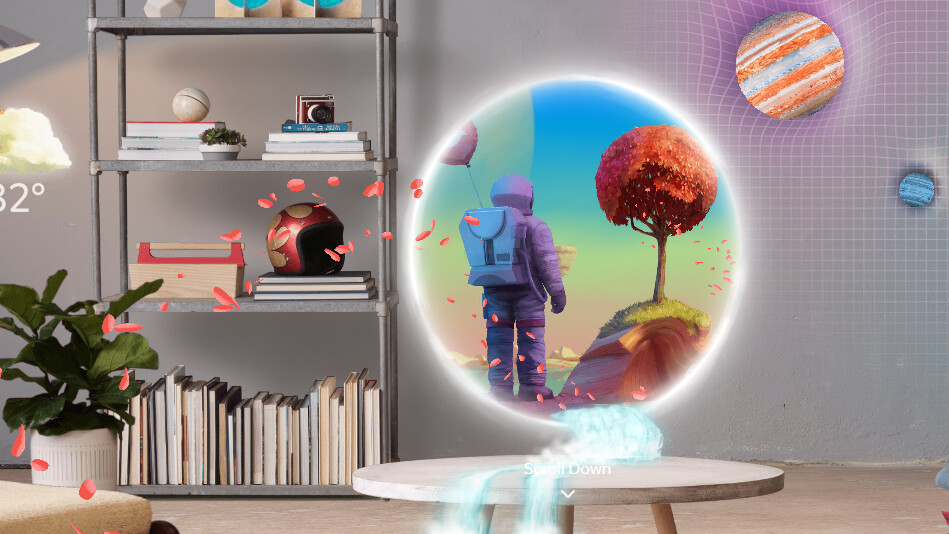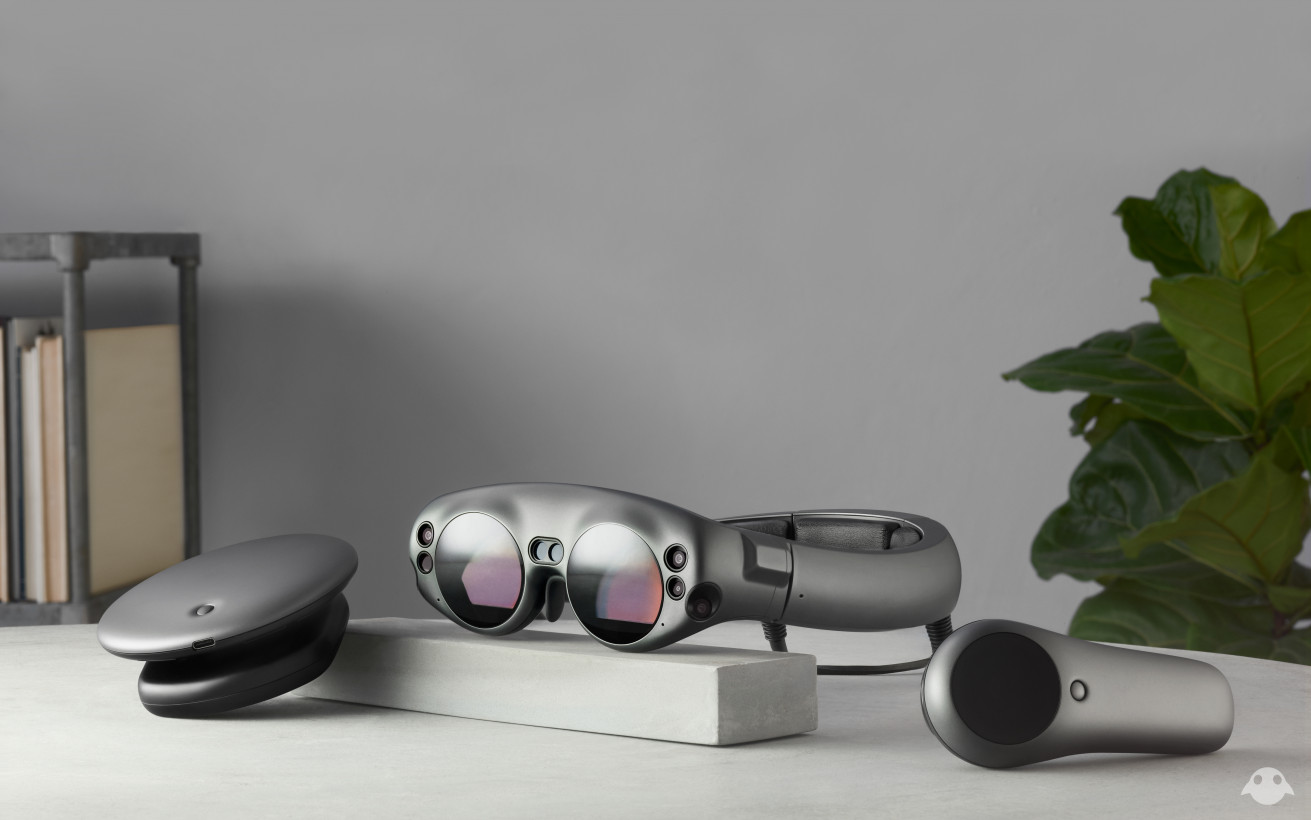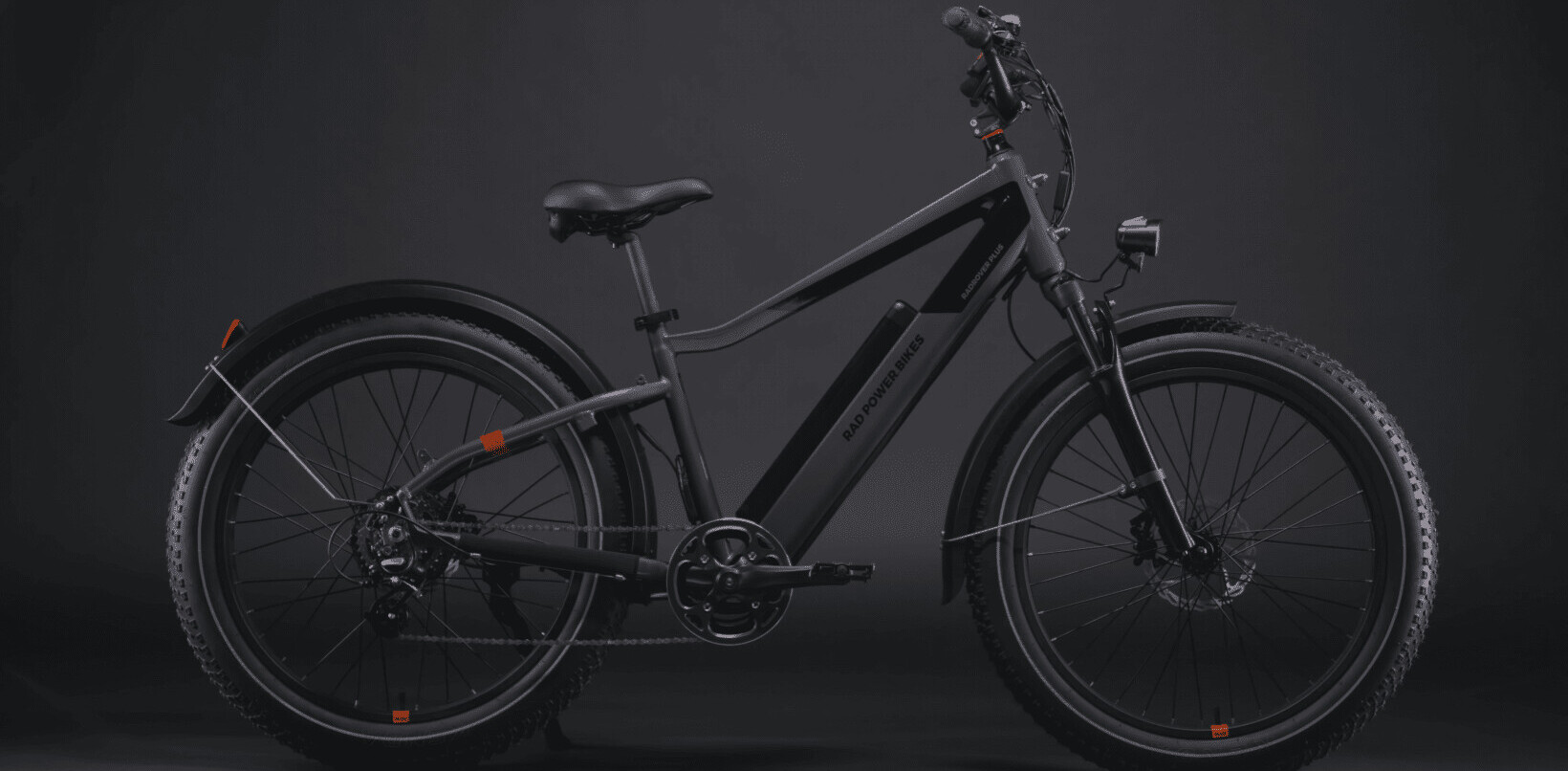
Magic Leap today unveiled its mysterious mixed-reality system. After years of speculation (and billions in funding) the device is set to launch in 2018. If the reports are to be believed, not only do Magic Leap’s new goggles work, but they’re unlike anything seen before.
The Magic Leap One will be a mixed-reality goggle and computer system capable of tricking the human eye into seeing things that aren’t there. It’s like Pokemon Go on steroids, with AI, and packed with the power of a high-end gaming computer.
The goggles look fantastic, they’re as close to looking like regular glasses as we’ve seen. And it’s easy to imagine they’ll be far more comfortable to wear than any of the current brick-sized blocks designed to house smartphones or tether to a computer.

The Magic Leap One won’t require connection to a PC, it ships with a little round box it connects to containing a “high powered chipset,” that clips on your belt. The headset itself also houses a separate computer as well. Details are still scarce, the company hasn’t released specs on hardware yet.
In fact, despite the announcement and the hullabaloo surrounding it, Magic Leap still isn’t releasing specifics on hardware, software, OS, cost, or shipping dates. Still, it’s nice to see Magic Leap’s billions have gone into something which appears to make good on its promises.
Rolling Stone reporter Brian Crecente was invited to try the device out and he reports:
To see the physical world around me, and then those creations appearing not on it, as if some sort of animated sticker, but in it, was startling.
The goggles will give wearers more than just really well-done AR stickers. It can be used to view live television content, play games, and possibly as a workspace. However, by far, the coolest use of mixed-reality is having Star Wars Droids in the same room as you:
Users will also be able to open multiple virtual screens to appear in the air around them or on walls. The screens can be resized and moved around in 3D space, and even follow in front of you as you walk around.
It also uses several built-in cameras and sensors to map your environment. This allows objects displayed in mixed-reality to move and react to real-world objects like tables or couches without clipping through them.
According to the website Magic Leap One will initially ship as a “Creator’s Edition,” presumably to get developers on board.
We’ve been promised VR/AR headsets before that were supposed to revolutionize gaming and computing through constructs indistinguishable from reality. Instead, we got nausea inducing contraptions which cost too much and haven’t found a way to grab consumer attention.
Here’s hoping Magic Leap One changes that.
Get the TNW newsletter
Get the most important tech news in your inbox each week.





